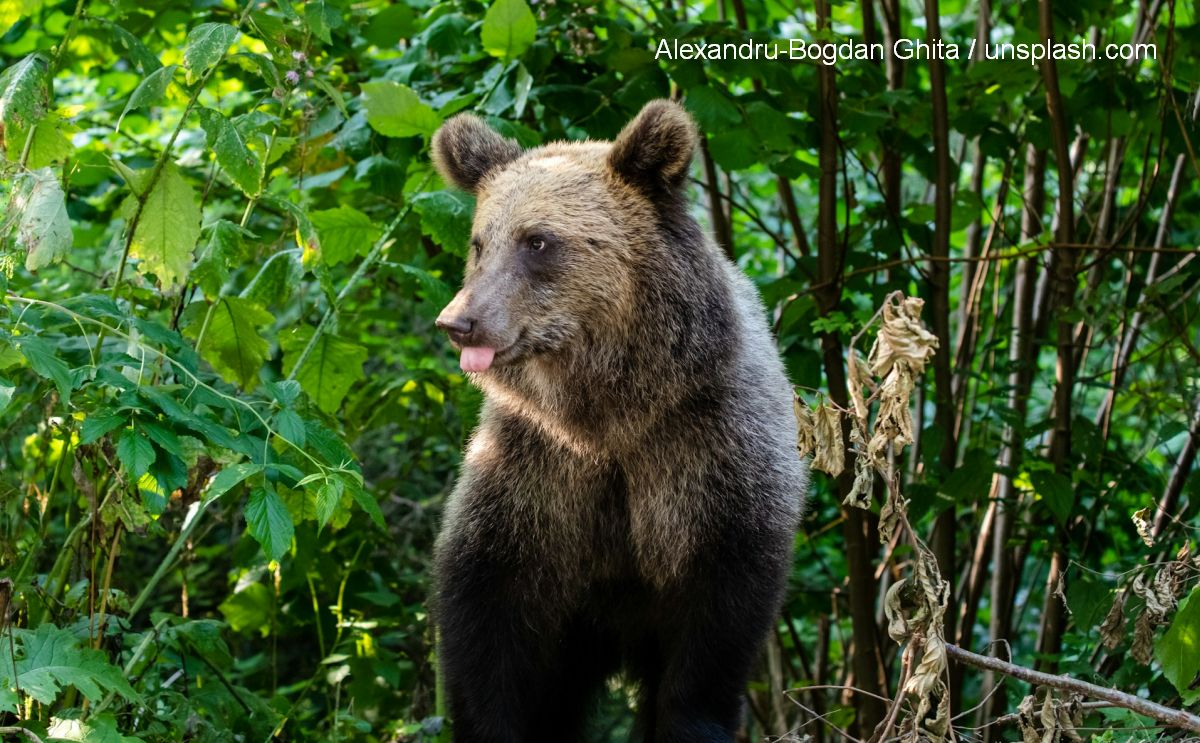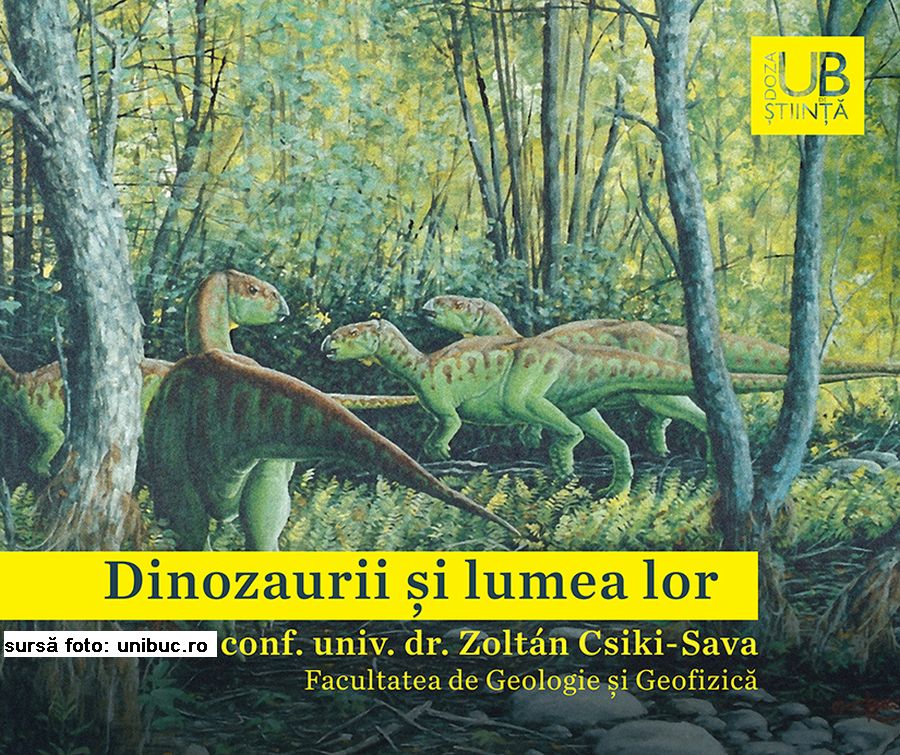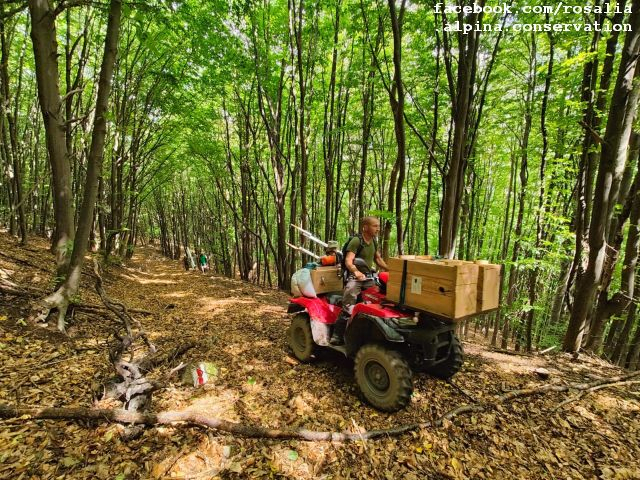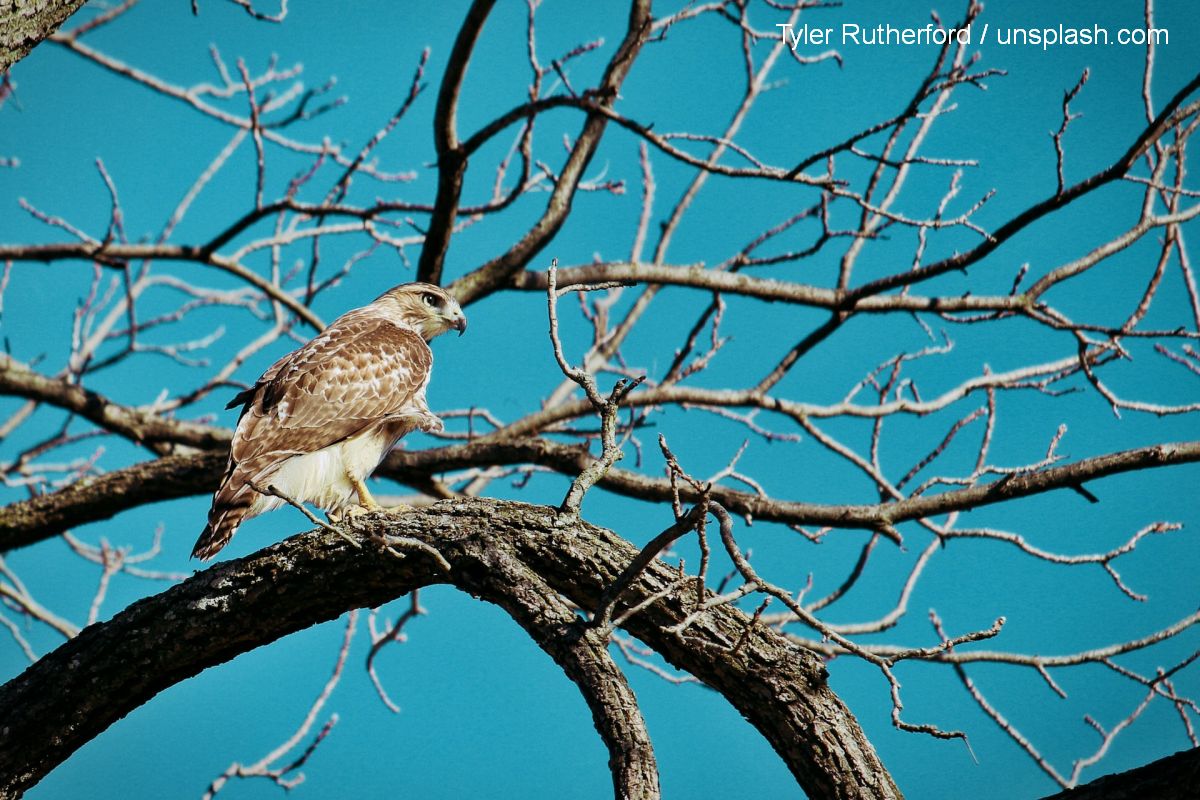The National Wild Birds’ Protection Program
Two key laws secure legal protection for Europes nature. The Birds Directive and the Habitat Directive which jointly make up the Natura 2000 protected areas network. Under its EU Accession Treaty, Romania in turn has taken responsibility in the field of
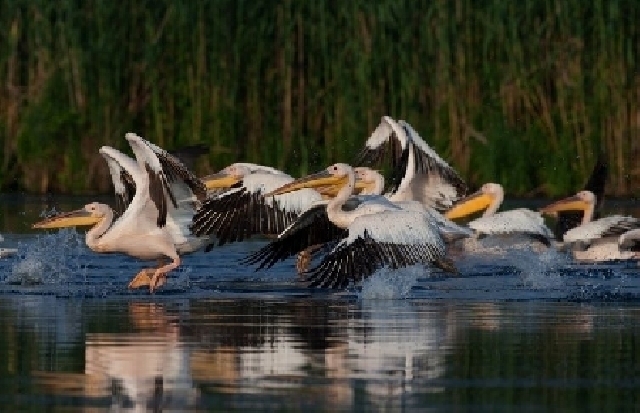
România Internațional, 25.10.2013, 13:38
The Danube Delta’s large reed-covered water and wetland expanses, or the large wood-covered areas of the Carpathians are proof of Romania’s great biological diversity. At present Romania has 381 Natura 2000 sites, covering a surface of nearly 42 thousand square kilometers. As for birds, we have more than 400 species, 320 of which live in the Danube Delta alone. Of those species, many are of interest at the level of the European Union.
In order to know exactly what the situation of those species is, a management and monitoring project has recently been launched, by means of which the first report on the Birds Directive will be drawn up at national level. The report will then be forwarded to the European Commission by the end of 2013. It will include data for 270 community species, that is only for nesting, winter and passing birds. Species reporting is conducted once in six years. In the case of Romania, it will be the first such reporting. Across the country, birds of community importance are protected through 148 bird and fauna protection sites, which are part of the Natura 2000 network. More details on that — from the Romanian Ornithological Society’s conservation manager Ciprian Fintina.
Ciprian Fintina: ” We’re supposed to report figures, mainly, for each of the 270 species, and particularly for each species’ phenological stage. If the species is a nesting one and at wintertime bird populations from the northern part of the continent may also arrive, then we need to have a track record for that species as a nesting species, and another one, for its status as a winter guest. Then we also need to provide data for that population’s size. But you can get a steady number only if you conduct a census, but if you want to make a census for a bird, many times that is almost impossible. There are very few species that can benefit from a complete census, while for the rest of them you need to use very specific methods if you want to estimate the size of the population. There are countries that do not have such methods or they have not implemented those methods just yet, but then again, they will have to report a number and what they report is based on what they know at that particular moment. There is no problem if you cannot have information on a certain species, yet it is crucial to take a step forward. That’s where all EU member states stand, including countries with a long-standing tradition in terms of ornithology, such as the Netherlands or Great Britain, which still have their reports to submit.”
The Director of the Nature Protection Department with the Environment and Climate Change Ministry Florian Udrea underscored that the research studies that have been conducted so far were based on wrong information, which means that certain bird species could not be found in the area where they should have been. That is exactly why the project will contribute to a better knowledge of the present condition of the wild bird population, as well as to improving the management, monitoring and preservation activities.
Florian Udrea:” The conclusions of some research studies point to the fact that certain flora and fauna species are not to be found where we know them to be, where we ‘d been taught they were, that the standard forms are sometimes a far cry from what we come across on the ground. It is our duty to snap out of this self-indulging, erroneous attitude we’ve been living in so far. The main concern of the Department I represent is to step back into normality, and that’s exactly what the project does, it provides a database which is accessible to all those interested, a database that for a long period of time can provide a real image. It’s a bit dodgy for us to find out we couldn’t d find a certain bird species in a site, but we did find that species in the standard form. Which means that the European Commission forced us to protect a species we did not find in the right place.”
According to the official from the Romanian Environment Ministry, biodiversity changes continually; also, it is the human factor that influences biodiversity in a negative or a positive way. The chaotic economic development, tourist activities, hunting and forestry which are not properly regulated have already had a negative impact on some species.
Ciprian Fantana again: “The examples we’ve got are very illustrative, such as the bustard, which has practically disappeared. There are a few such birds in the Western Plainfield, coming form Hungary, and especially in wintertime they stay along the Hungarian-Romanian border. Then we have the steppe eagle, which used to be a nesting species. Today it no longer nests, since for more than 50 years no nests have been found; in Romania we could notice only young and not adult birds, capable of nesting. There are also species that used to be on the verge of extinction and now have started to recover, gradually, such as the dwarf cormorant, a species whose numbers have been growing, although it used to be an extinct species, then there are the Ferruginous duck, the lesser spotted eagle, which is a somehow stable species, then we’ve also got the Saker falcon which is on the verge of extinction.”
The project has received European financing under the Sectoral Operational Environment Program; in its final stage an Atlas of Romania’s Birds will be compiled, providing information on species and distribution maps for those species, as well as information about the migration routes, nesting areas, special Bird and Animal Protection Areas, as well as monitoring-related aspects. Also, a Toolkit will be provided for the monitoring of birds of community interest. The Toolkit will also include a standard Guide, with the results of the monitoring process. Also, two national conferences will be organized, targeting the scientific community, the NGOs and the public authorities in charge of nature protection.

